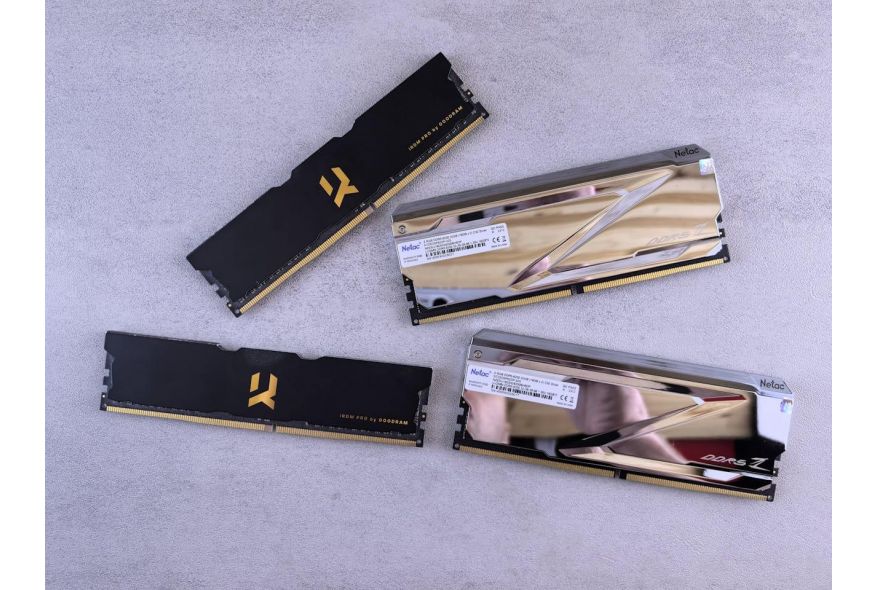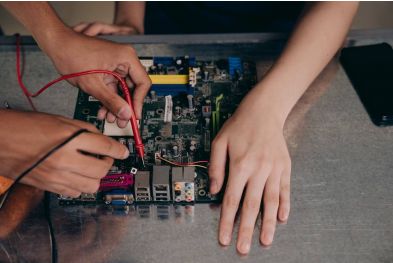How to Test and Diagnose RAM Problems for a Stable PC
Random Access Memory (RAM) is your computer’s short-term data storage, and faulty RAM can cause crashes, freezes, data corruption, and even system failures. If your PC is acting unpredictably, testing your RAM should be your first troubleshooting step. Here’s how to diagnose RAM issues and confirm whether it’s time for a repair or replacement.
Signs of Failing RAM
Frequent Blue Screens of Death (BSOD) with memory-related error codes (e.g., MEMORY_MANAGEMENT, PAGE_FAULT_IN_NONPAGED_AREA).
Random crashes or freezes during normal use or gaming.
Corrupted files or apps failing to open.
Failed boot-ups or repeated restarts.
Reduced performance despite sufficient specs.
Step 1: Perform a Visual Inspection
Power off and unplug your PC.
Open the case and locate the RAM sticks on the motherboard.
Check for physical damage:
Burnt or discolored components.
Loose connections (reseat the RAM firmly).
Dust or debris in the DIMM slots (clean with compressed air).
Step 2: Use Windows Memory Diagnostic Tool
Windows includes a built-in RAM tester:
Press Windows + R, type
mdsched.exe, and hit Enter.Choose “Restart now and check for problems”.
Let the tool run (20–30 minutes). Errors will display after reboot.
No errors: RAM is likely fine.
Errors detected: Proceed to advanced testing.
Step 3: Test with MemTest86 (Most Reliable)
MemTest86 is a free, industry-standard tool for thorough RAM testing:
Download MemTest86 and create a bootable USB drive.
Boot from the USB (change boot order in BIOS/UEFI).
Let the test run for 4+ passes. Errors will highlight in red.
1+ errors: Faulty RAM module or slot.
0 errors: RAM is not the issue.
Step 4: Isolate the Problematic Module
If errors are found:
Test one RAM stick at a time in the same DIMM slot.
Swap slots to check for faulty motherboard slots.
Replace the faulty stick if errors persist on a specific module.
Step 5: Check for Software Conflicts
Software can mimic RAM issues:
Update drivers (especially chipset and GPU).
Scan for malware (ransomware can corrupt memory).
Reset BIOS/UEFI settings to default (overclocks often destabilize RAM).
Step 6: Monitor RAM Usage in Real-Time
Use task managers to spot anomalies:
Windows Task Manager: Check the “Performance” tab for usage spikes.
HWMonitor or CPU-Z: Track RAM speed and voltage.
Resource Monitor: Identify memory-hogging processes.
Common Causes of RAM Failures
Overheating: Poor case airflow or defective heat spreaders.
Overclocking: Unstable XMP/DOCP profiles.
Power surges: Low-quality PSUs damaging components.
Age: RAM degrades over 5–10 years.
Pro Tips for RAM Maintenance
Clean DIMM slots every 6 months to prevent dust buildup.
Avoid mixing RAM brands or speeds (even if specs match).
Enable XMP/DOCP only if your motherboard supports it.
Replace RAM in pairs for dual-channel setups.
🔍 Did this guide help you diagnose your RAM issues? Share it on Facebook, Twitter, or Reddit to help others fix their PC problems! 🔍
By testing your RAM early, you can prevent data loss and costly repairs. Questions? Ask in the comments below!
🚀 Spread the knowledge! Share this article to help friends and builders keep their PCs running smoothly! 🚀







